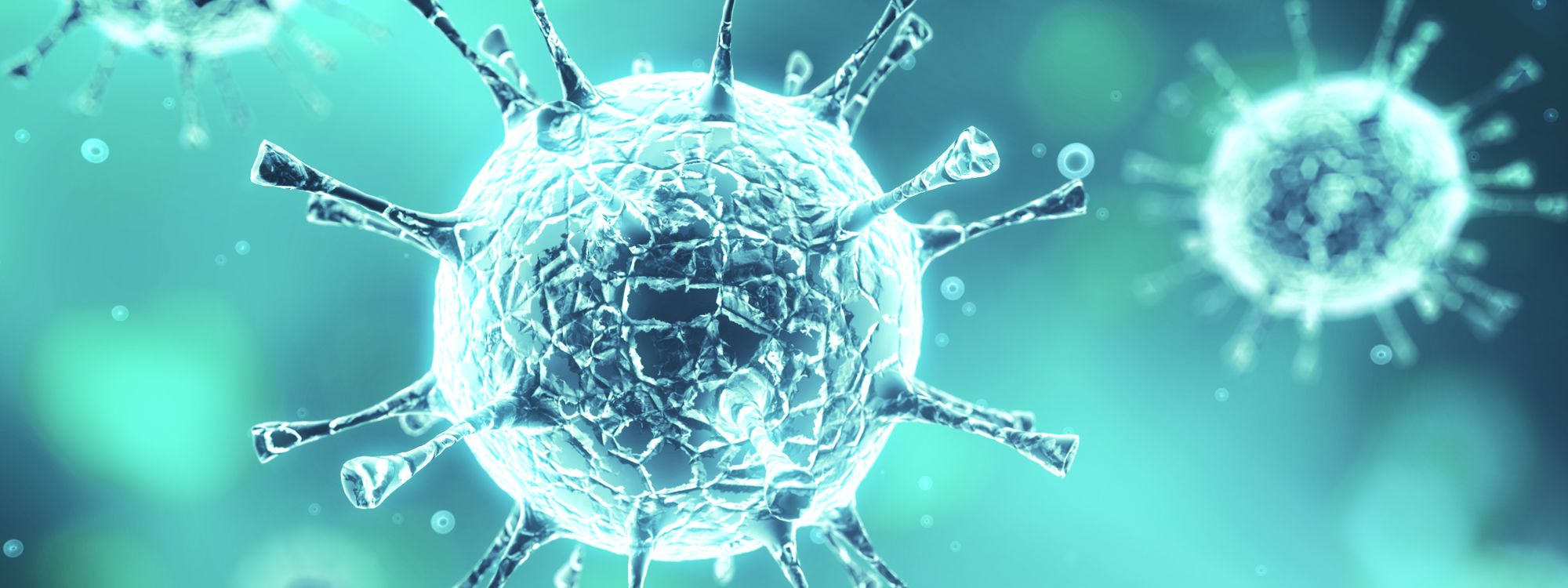
Human Immunodeficiency Virus (HIV) infection is complex and commences with the virus's entry into the body and continues throughout the lifespan of the infected individual. The virus primarily targets the lymph nodes, where it actively replicates.
The initial stage of HIV infection is often asymptomatic, meaning that it does not produce noticeable symptoms. However, in some cases, it may lead to a range of non-specific signs and symptoms, which are often overlooked due to their generic nature.
These symptoms may include a slight increase in body temperature, throat discomfort, fatigue, swollen lymph nodes, and muscle and joint pain. Some individuals may also experience gastrointestinal symptoms such as nausea, vomiting, diarrhea, and liver and spleen enlargement. This set of symptoms is often referred to as a mononucleosis-like syndrome due to its similarity with the symptoms of infectious mononucleosis.
In some instances, more specific clinical manifestations may appear, including ulcers in the mouth or genital area and a skin rash akin to rubella. Rarely, the primary infection may be characterized by encephalitis or acute meningitis, leading to memory loss, disorientation, and personality changes. The duration of the primary infection is approximately 2 weeks; however, symptoms may persist for up to 2 months.
After the initial HIV infection, the body undergoes a phase called seroconversion. This stage marks the development of an immune response against the virus.
During seroconversion, there is often a sharp decline in CD4+ T lymphocytes and a very high level of viral replication. As the immune system begins to react, viral load decreases significantly, usually within 3 to 4 weeks. This is due to the activation of cytotoxic T lymphocytes and the production of HIV-specific antibodies.
Typically, anti-HIV antibodies can be detected in the blood 1 to 2 months after the initial infection, although in some individuals this process may take longer. The appearance of these antibodies is what defines seroconversion.
Before seroconversion occurs, there is a phase known as the “window period.” During this time, a person is already infected and highly contagious, but standard antibody tests may still return negative results. Diagnosis in this stage relies on more sensitive methods, such as PCR, p24 antigen tests and virus isolation techniques.
Following seroconversion, most individuals enter a period of clinical latency. This phase, which lasts on average 6-9 years, is characterized by a high level of virus replication despite the absence of specific clinical symptoms. During this period, there is a progressive reduction in the number of CD4+ lymphocytes and a potential increase in the volume of the lymph nodes.
Although most individuals do not present symptoms associated with immune deficiency during this stage, conditions such as seborrheic dermatitis, molluscum contagiosum, leukoplakia, and herpes may appear. Treatment with antiretroviral drugs is recommended only for those who present symptoms or have high viremia.
The medium stage of the infection is characterized by a number of CD4 lymphocytes between 200 and 500 per microliter and is associated with other immunological alterations. Individuals in this stage may remain asymptomatic or present symptoms such as vaginal candida, recurrent seborrheic dermatitis, diarrhea, intermittent fever, sinusitis, bronchitis, pneumonia. Bacterial infections are generally supported by community-based microorganisms.